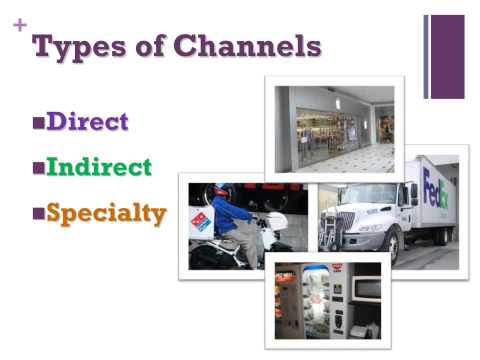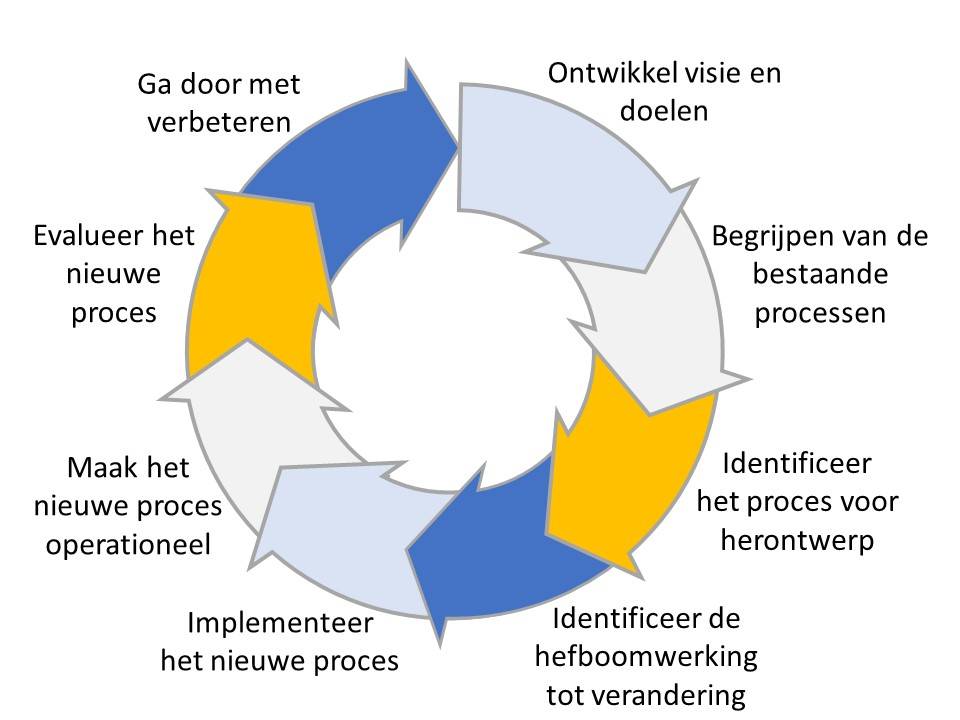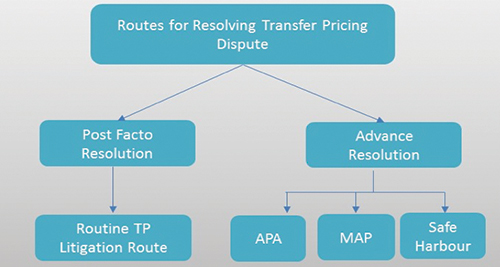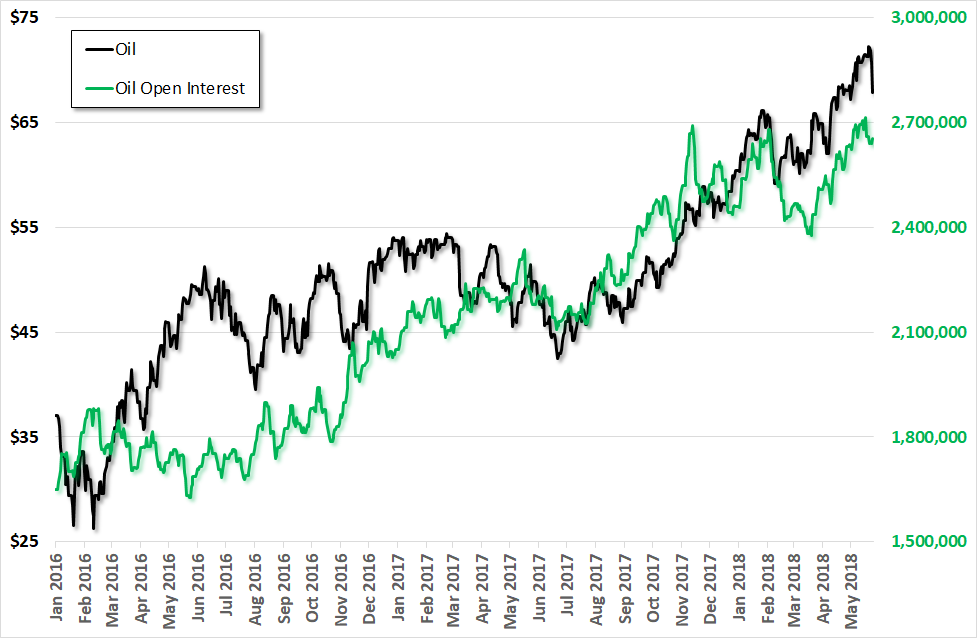Content

Under the sum-of-the-years’ digits method, a company strives to record more depreciation earlier in the life of an asset and less in the later years. This is done by adding up the digits of the useful years, then depreciating based on that number of year. Accumulated depreciation is dependent on salvage value; salvage value is determined as the amount a company may expect to receive in exchange for selling an asset at the end of its useful life. Subsequent results will vary as the number of units actually produced varies. Learn about the contra account and understand the concept of depreciation and how it works.
This value is what the asset is worth at the end of its useful life and what it could be sold for when the company has finished with it. Long-term assets are used over several years, so the cost is spread out over those years. Short-term assets are put on your business balance sheet, but they aren’t depreciated. Accumulated depreciation is a real account (a general ledger account that is not listed on the income statement). The balance rolls year-over-year, while nominal accounts like depreciation expense are closed out at year end.
- For example, let’s say an asset has been used for 5 years and has an accumulated depreciation of $100,000 in total.
- If the cost of the asset is $1,000 and the depreciation expense is $200, then the accumulated depreciation would be $800.
- Accumulated depreciation is the total amount of depreciation of a company’s assets, while depreciation expense is the amount that has been depreciated for a single period.
- A lorry costs $4,000 and will have a scrap value of $500 after continuous use of 10 years.
This depreciation expense is taken along with other expenses on the business profit and loss report. As the asset ages, accumulated depreciation increases and the book value of the car decreases. Most capital assets (except land) have a residual value, sometimes called “scrap value” or salvage value.
How to calculate accumulated depreciation on balance sheet
Get instant access to video lessons taught by experienced investment bankers. Learn financial statement modeling, DCF, M&A, LBO, Comps and Excel shortcuts. This post is to be used for informational purposes only and does not constitute legal, business, or tax advice. Each person should consult his or her own attorney, business advisor, or tax advisor with respect to matters referenced in this post.

The lower the net book value of the fixed assets, the lower the return on assets will be. Depreciation expense reduces taxable income, as it is an expense that is deducted from revenue. In other words, it reduces the amount of income that a company has to pay taxes on. When fixed assets are acquired for use in a business, they are usually useful only for a limited period. The amount of accumulated depreciation is reversed when the asset is sold or put out of use, while for depreciation expense, the allocation of expense is ended when the asset is sold or put out of use. During the useful life of an asset, depreciation is marked as a debit while accumulated depreciation is marked as a credit.
How Does Accumulated Depreciation Work?
Accumulated depreciation is recorded as a contra asset via the credit portion of a journal entry. Accumulated depreciation is nested under the long-term assets section of a balance sheet and reduces the net book value of a capital asset. Accumulated depreciation is a contra asset that reduces the book value of an asset. Accumulated depreciation has a natural credit balance (as opposed to assets that have a natural debit balance).

Yearly, the depreciation expense account is debited which implies expensing a portion of the asset for that year. Over the years, accumulated depreciation increases as the company charge the depreciation expense against the value of the fixed asset. However, accumulated depreciation on balance sheet plays a crucial role in reporting the value of the asset. Accumulated depreciation is calculated using several different accounting methods. Those accounting methods include the straight-line method, the declining balance method, the double-declining balance method, the units of production method, or the sum-of-the-years method. In general, accumulated depreciation is calculated by taking the depreciable base of an asset and dividing it by a suitable divisor such as years of use or units of production.
Is Depreciation Expense an Asset or Liability?
IRS rules dictate that a commercial rental property can be depreciated over either 27.5 or 39 years. But, a cost segregation study can break the property up into its individual components accumulated depreciation on balance sheet and depreciate them at an accelerated rate. For example, interior fixtures and finishes can be depreciated over five years or land improvements could be depreciated over 15 years.
Cost segregation is a method of calculating depreciation that segments the components of a property and depreciates them at different rates. For example, furniture, fixtures, carpeting, and window treatments are classified as personal property and can be depreciated over five or seven years. Or, sidewalks, paving, and landscaping are classified as land improvements and depreciated over 15 years.
Accumulated depreciation is the total depreciation for a fixed asset that has been charged to expense since that asset was acquired and made available for use. The intent behind doing so is to approximately match the revenue or other benefits generated by the asset to its cost over its useful life (known as the matching principle). After the 5-year period, if the company were to sell the asset, the account would need to be zeroed out because the asset is not relevant to the company anymore. Therefore, there would be a credit to the asset account, a debit to the accumulated depreciation account, and a gain or loss depending on the fair value of the asset and the amount received. A machine purchased for $15,000 will show up on the balance sheet as Property, Plant and Equipment for $15,000. Over the years the machine decreases in value by the amount of depreciation expense.
Questions All Commercial Real Estate Investors Should Ask Their Transaction Sponsor
Accumulated depreciation is used to calculate the adjusted basis for the tax in order to determine its taxable gain on the sale of the asset. On the other hand, depreciation expense is used as a tax deduction to reduce taxable income. There will be an increase in the amount of accumulated depreciation over time as depreciation continues to be charged against the asset.

The formula involves the use of historical costs which is the asset’s price based on its nominal and original cost when the company acquired it and estimated its residual value. This method is then the factor that determines the expense for the accounting period multiplied by the number of units produced. The accumulated depreciation account is a contra asset account on a company’s balance sheet. Accumulated depreciation specifies the total amount of an asset’s wear to date in the asset’s useful life. As earlier stated, the accumulated depreciation account is a contra asset account, which is an asset account with a credit balance.
The accumulated depreciation is calculated by subtracting the depreciation expense from the cost of the asset. For example, if the cost of the asset is $1,000 and the depreciation expense is $100, then the accumulated depreciation would be $900. If the cost of the asset is $1,000 and the depreciation expense is $200, then the accumulated depreciation would be $800. The accumulated depreciation is the total amount of depreciation that has been expensed on an asset since the asset was acquired.
Rather than recognizing the entire cost of the asset upon purchase, the fixed asset is incrementally reduced through depreciation expense each period for the duration of the asset’s useful life. Second, on a related note, the income statement does not carry from year-to-year. Activity is swept to retained earnings, and a company “resets” its income statement every year.
As we’ve touched on above, the accumulated depreciation account is called a long-term contra asset account. To record depreciation using this method, debit the depreciation expense and credit the accumulated depreciation value. The accumulated depreciation account is an asset account with a credit balance (also known as a contra asset account). If this derecognition were not completed, a company would gradually build up a large amount of gross fixed asset cost and accumulated depreciation on its balance sheet. Unlike a normal asset account, a credit to a contra-asset account increases its value while a debit decreases its value. Accumulated depreciation is a credit balance because it is a contra-asset account that is used to offset the balance of an asset account.
Depreciation Expense and Accumulated Depreciation
Each year the contra asset account referred to as accumulated depreciation increases by $10,000. For example, at the end of five years, the annual depreciation expense is still $10,000, but accumulated depreciation has grown to $50,000. It is credited each year as the value of the asset is written off and remains on the books, reducing the net value of the asset, until the asset is disposed of or sold. It is important to note that accumulated depreciation cannot be more than the asset’s historical cost even if the asset is still in use after its estimated useful life. Depreciation expenses appear on the income statement during the recording period, while accumulated depreciation shows up on the balance sheet under related capitalised assets. You’ll note that the balance increases over time as depreciation expenses are added.













